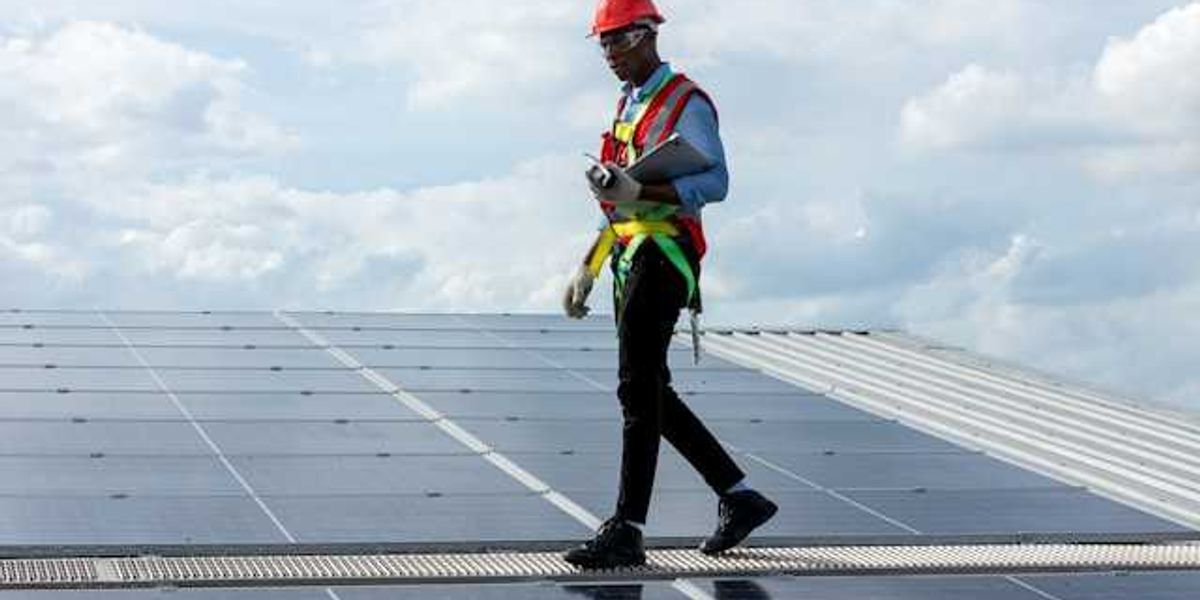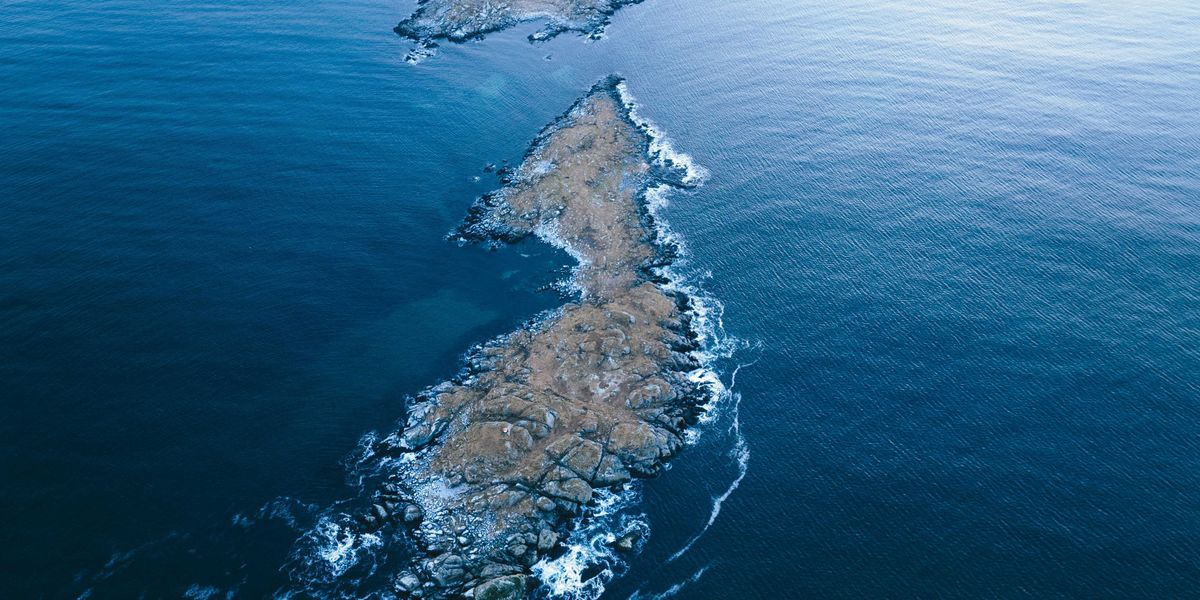Trump moves to open protected Arctic lands in Alaska to oil drilling
The Trump administration has proposed reopening vast sections of Alaska’s National Petroleum Reserve to oil development, including long-protected areas around Teshekpuk Lake.
Yereth Rosen reports for Alaska Beacon.
In short:
- The Bureau of Land Management released a draft plan to open over 18.5 million acres — 82% of the National Petroleum Reserve in Alaska — to oil leasing, reversing Obama-era protections.
- The plan would eliminate safeguards for ecologically significant areas, including Teshekpuk Lake and the Colville River, key habitats for migratory birds, caribou, and nesting raptors.
- The proposal follows Trump’s executive order to dismantle Biden-era environmental rules and is open for a 14-day public review period.
Key quote:
“This is another step in the Trump administration’s reckless effort to sell out our most valuable national public lands to the oil industry in the midst of the climate crisis.”
— Matt Jackson, senior manager for Alaska at The Wilderness Society
Why this matters:
The National Petroleum Reserve in Alaska covers a sprawling swath of Arctic tundra home to migratory birds, caribou herds, and Indigenous communities who rely on the land for subsistence. Opening up more than seven million additional acres to oil drilling threatens fragile ecosystems that have been shielded for decades. Teshekpuk Lake, in particular, is a biological hotspot critical for nesting waterfowl and calving caribou. Removing long-standing protections not only increases risks of habitat destruction and oil spills but also accelerates climate change in one of the planet’s fastest-warming regions. As the administration moves to revive fossil fuel extraction, scientists warn that Arctic development could lock in decades of carbon emissions and jeopardize traditional ways of life in Alaska’s remote communities.
Learn more: Trump officials court support in Alaska for drilling and massive gas pipeline plan













